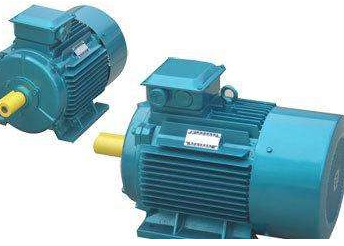
We have previously introduced in detail how to solve the leakage problem of high-efficiency and energy-saving motors. It can be seen that although the leakage problem of this motor is not common in operation, once it occurs, it will pose a threat to the personal safety of the operator, so we must take appropriate solutions. method. So what are the energy-saving measures for high-efficiency and energy-saving motors? Let’s follow the editor to find out more!
Energy saving of high-efficiency and energy-saving motors is a systematic project, which involves the entire life cycle of the motor, from motor design and manufacturing to motor selection, operation, adjustment, maintenance, and scrapping. Considering the effect of its energy-saving measures, domestic and foreign efforts in this regard mainly consider improving the efficiency of the motor from the following aspects.
While high-efficiency and energy-saving motors convert electrical energy into mechanical energy, they themselves also lose part of the energy. The losses of typical AC motors can generally be divided into three parts: fixed loss, variable loss and stray loss.
Variable losses change with changes in load, including stator resistance losses (copper losses), rotor resistance losses and brush resistance losses; fixed losses have nothing to do with load and include iron core losses and mechanical losses. Iron loss is composed of hysteresis loss and eddy current loss, which is proportional to the square of the voltage, and hysteresis loss is also inversely proportional to frequency; other stray losses are mechanical losses and other losses, including friction losses of bearings and fans, Wind resistance loss caused by rotation of the rotor, etc.
The design of high-efficiency and energy-saving motors refers to the use of modern design methods such as optimized design technology, new material technology, control technology, integration technology, and test detection technology to reduce the power loss of the motor, thereby improving the efficiency of the motor and designing an efficient of electric motor.
Because high-efficiency and energy-saving motors are widely used in mechanical transmission devices such as fans, water pumps, compressors, and machine tools, they have been vigorously promoted by the country. In recent years, with the strong support of national policies, the energy efficiency level of my country's motors has gradually improved, but the overall energy efficiency level is still low.
According to estimates, every one percentage point increase in motor energy efficiency in the industrial sector can save 26 billion kilowatt hours of electricity a year. Therefore, promoting high-efficiency motors and eliminating low-efficiency motors is one of the important measures to improve energy efficiency, and it is in line with the needs of my country's current economic development, so it is very necessary.



















